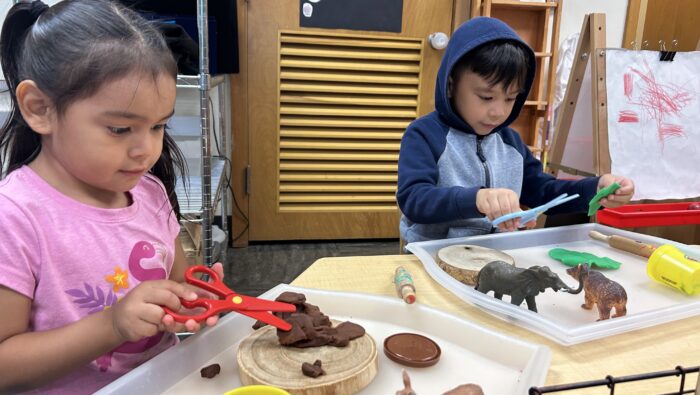
Recently at Teaching Preschool Partners, we’ve been exploring the question:
What is participation?
In part, this question has provoked our thinking because there are so many different ways to interpret the word participation. Is a child sitting outside the circle able to participate? Can participation happen through only listening? What does evidence of participation look like? What does it look like when someone is not participating?
One common image of participation might look like a child sitting still and being quiet while someone (usually an adult) is speaking. In some cases, sitting still and being quiet is what is directly taught as the most important skills in a classroom. This image might be participation. It also might be compliance. Sometimes those two words are interchanged, but they mean very different things.
The kind of participation we’ve been looking for is the kind that looks like active engagement from everyone involved. This small moment, observed in one of our demonstration sites, captured our attention:
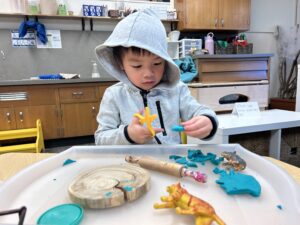
The teacher noticed that after A asked for scissors while playing with playdoh, the children around her got really interested and excited about trying out scissors too. She took this interest and excitement as information she could use. The next day at morning meeting she asked the children what they already knew about scissors. Here were some of their ideas:
J: Cut!
S: They cut playdoh and paper!
L: Snip snip!
H: They make long things shorter!
Y: Poke!
L: Careful! They’re so sharp!
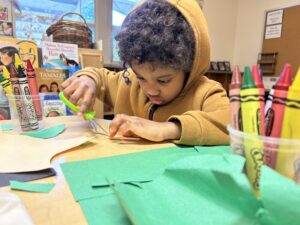
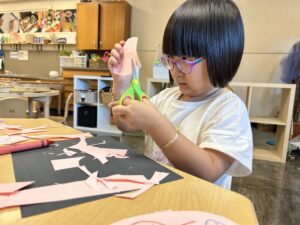
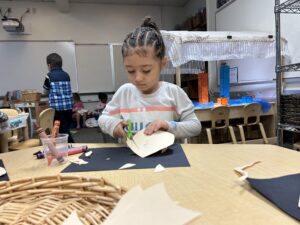
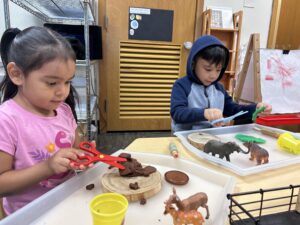
Together, the teacher and children made a list of what they already knew, then made some safety agreements, and went off to research what else scissors can do. At snack time, the scissor researchers shared their findings with the community. Here are their ideas so far:
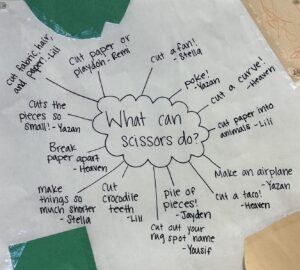
One thing that stands out in this small moment is the practice of paying attention to what children are drawn to and bringing that back to the whole group. This practice of active listening on the part of the teacher supports children to see that school is a place where their ideas matter and belong. When children learn that the ideas explored at school don’t just come from the teacher but are generated by their interests and thinking, it supports them to listen to one another, energizes new possibilities, and builds stronger communities. This is a practice that supports that kind of active participation we’ve been exploring.
What does participation mean to you?